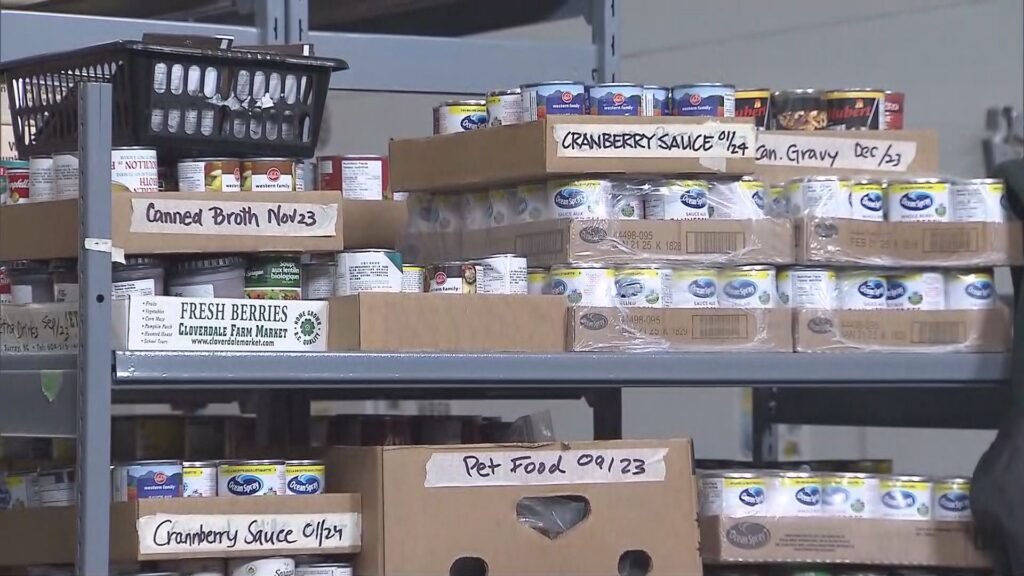A new report by Food Banks Canada looking at poverty across the country has found that almost half of British Columbians feel “worse off” financially than they were last year.
That's just one key indicator in a dismal report card released Wednesday by the national food bank organization. The state received an overall rating of D+.
The annual report card also found that nearly half of B.C. residents spend more than 30 per cent of their income on housing.
But the most alarming numbers from the report show that fewer B.C. residents have access to health care.
The report shows nearly one in three British Columbians are having more difficulty accessing care than they were in the previous year, giving it a “failing grade” of F. In 2023, that particular marker passed with a C grade.
According to Food Banks Canada, poverty rates in British Columbia are “significantly higher” than the Canadian average. More than 11 percent of the state's population lives in poverty, compared to the national average of just over 9 percent.
“The poverty rate for seniors in British Columbia is 6.4% overall and 14.3% for seniors living alone. Since 2015, the poverty rate for this group has declined about 15% slower than the rest of the country. “Overall, the poverty rate for people living alone was 24.5 per cent in 2021, higher than the 21.5 per cent rate in Canada for this group,” Food Banks Canada said in the report. doing.
“The poverty rate for couples with children is 5 per cent. Child and youth poverty rates tell a different story. Although the overall child poverty rate is significantly lower in B.C. than the national average (10.3 per cent vs. 8.6 per cent), the poverty rate for youth aged 18-24 is four percentage points higher in B.C. (18 per cent) than the national average (14 per cent).
“This likely reflects the impact of transfer programs such as B.C.'s own CCB top-up, which has been a key driver of child poverty reduction across the country. In contrast, non-parent youth are unable to access these benefits to offset the high cost of living in the state, which may contribute to their high poverty rates.”
Canada's food banks say that despite great wealth, British Columbia “struggles” with income inequality and housing affordability “especially in urban areas like Vancouver.” .
“Indigenous, racialized, and marginalized groups face disproportionate barriers to economic opportunity and social services, and need targeted policies to address systemic inequalities. “The need is highlighted. For example, 14.5 per cent of Indigenous British Columbians are considered low-income, compared to 8.8 per cent of British Columbia's total population.”
Food Banks Canada says that in order for British Columbians to rise out of poverty, the province must implement a revised poverty reduction strategy “so that all British Columbians can decide for themselves whether it is appropriate.” It says it needs to be introduced before the next election.
The organization recommends a series of laws the province should implement to reduce poverty. These include indexing BC Housing's capital budget to inflation; directing municipalities to use surplus funds to build affordable housing; increasing access to child care; working with the federal government to implement automatic tax filing; and increasing social assistance rates for single people by at least 10 per cent.



